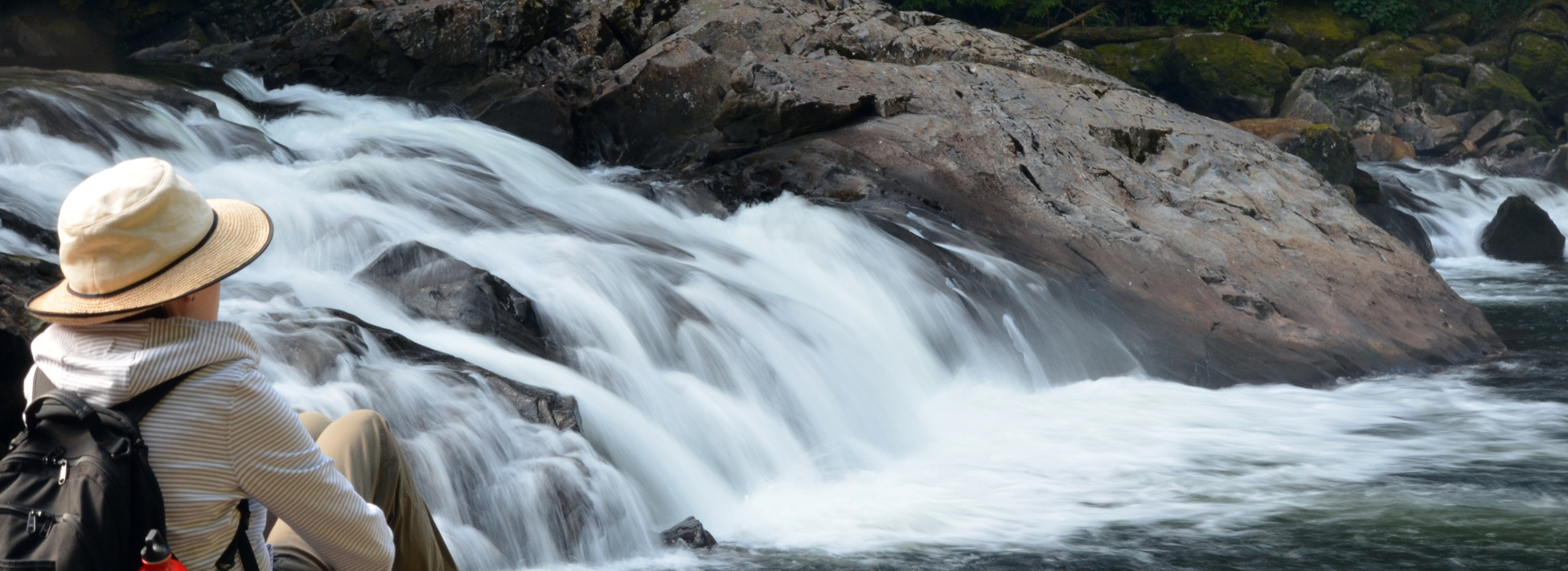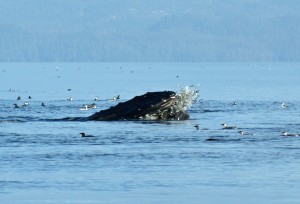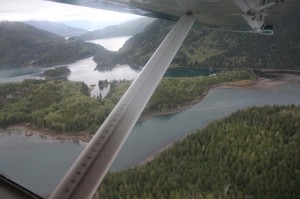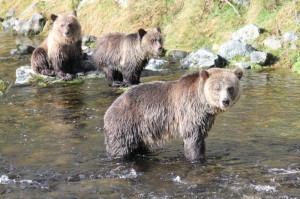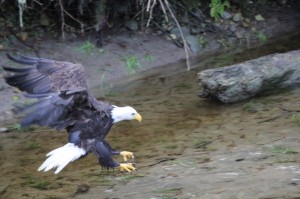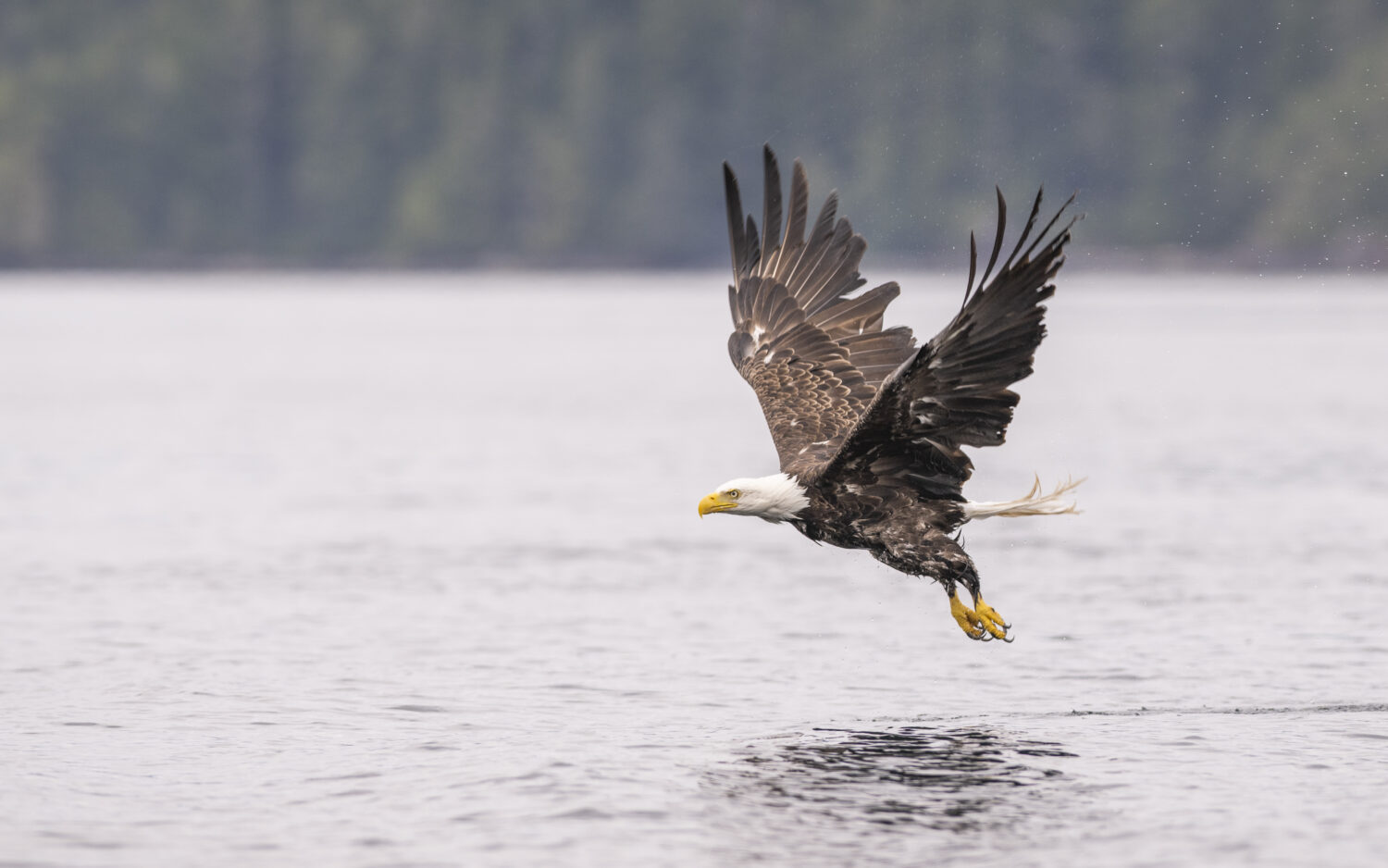This grizzly bear cub because of the size is from late May or early June. The mother grizzlies bring their cubs to this part of Knight Inlet to feed on the beaches and turnover rocks. This inter-tidal zone “food” is high in protein and is made up of crab, clams, barnacles, amphipods and other tiny invertebrates. The “beach food” is important because the only plant food available at this time of the year is the sedge grass. Sedge grass also very high in protein and with inter-tidal zone food it keeps the grizzly bears in good health until the salmon arrive. And no the cub wad not alone on the beach but far enough from mother for a good solo picture. If you click on the photo to enlarge it and then zoom in the cub is not licking anything I can see just sticking out it’s tongue.



